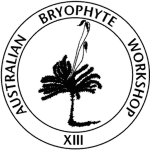 Bryobartramia novae-valesiae and other strange beasts!
Bryobartramia novae-valesiae and other strange beasts!
In August 2016, an arguably slightly eccentric group of people gathered in South Australia for the 13th Australian Bryophyte Workshop. These are regular gatherings of a small and scattered group of people from Australia (and sometimes beyond) who are interested in bryophytes: the mosses, liverworts and hornworts. Whilst a lot of people would associate these small plants with wetter areas, many bryophytes can also be found in more arid areas. This time the Workshop was organised by State Herbarium botanist Graham Bell, and was based at Pichi Richi Park in the Flinders Ranges. One of the main field sites was in Mount Remarkable National Park, this month’s Park of the Month.
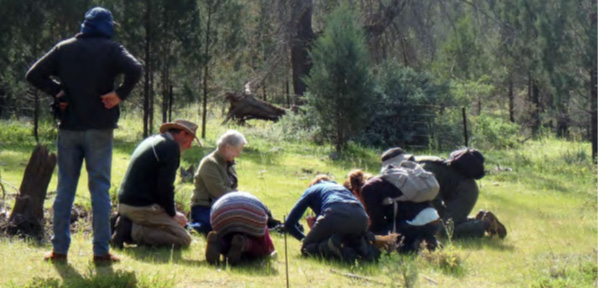
Bryophyte workshop participants during fieldwork. Photo: G. Bell.
An occupational hazard of working with dry area bryophytes is the amount of time spent on hands and knees…
Fortunately the season had been exceptionally good, resulting in fine populations of bryophytes being observed. Some of these plants are ephemeral, only appearing in wet seasons and then surviving by means of the spores they produce. Bryobartramia novae-valesiae () (no common names here, I’m afraid!) is one of these tiny ephemeral plants, and has rarely been collected in South Australia (Flora of Australia description, 134kb PDF). In fact, only one specimen from SA was previously identified in the State Herbarium collection, and only three others are to be found in other herbaria. This doesn’t necessarily mean that the plant is that rare — just that no-one with the right “eyes” has gone looking in the right places at the right time!
Graham Bell found the Bryobartramia on bare patches of clay soil near Alligator Gorge, together with a number of other tiny bryophytes.
Only two species of Bryobartramia are currently recognised in the world. They occur in Australia and southern Africa. Bryobartramia is easily distinguished from other mosses as the spore-producing capsule is completely covered by a balloon-like enlarged calyptra – this is normally lost early in the development of the spore capsule.
For something just a little larger, a wonderful population of the tiny fern Ophioglossum lusitanicum L. was also observed during a reconnaissance trip before the Workshop. This plant is not often seen, as it is an annual fern, which only reaches about 2–3 cm in height, each plant usually producing just one semi-succulent leaf. Like Bryobartramia, it lives only long enough to produce spores, which are able to produce new plants in the next wet season. Ophioglossum, like other ancient and primitive ferns and bryophytes, is also found in many other parts of the world.
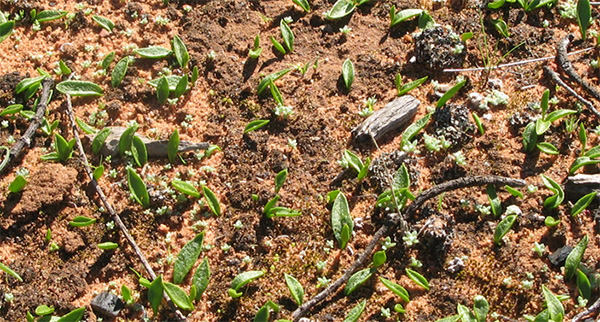
Ophioglossum lusitanicum at The Battery, Mt Remarkable Natl. Park. Photo: D.E.A. Catcheside.
Ophioglossum was found on the slopes of The Battery, on the western side of Mount Remarkable National Park.
This area has not been visited by many botanists, especially those working on fungi and bryophytes. Pam Catcheside, Honorary Research Associate and mycologist at the State Herbarium, who accompanied Graham Bell on this trip, found several unusual or little-collected fungi here.
On the summit of The Battery was found the fifth collection from South Australia (and only the sixth specimen ever known) of a new species of Smardaea, a small black disc fungus which grows on the sandy soil surface. This species is about to be published as new to science.

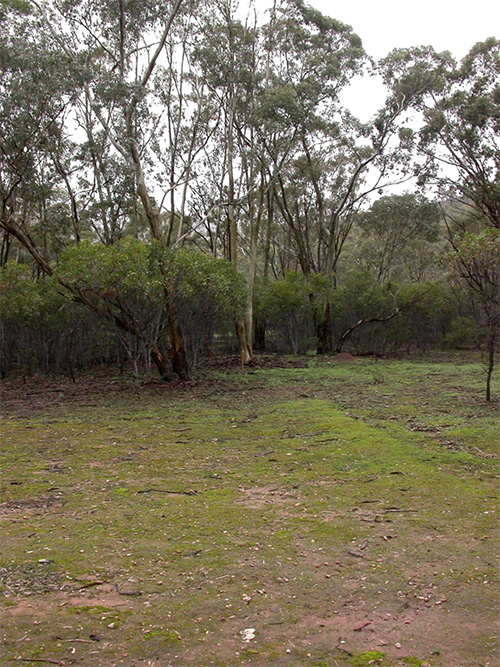







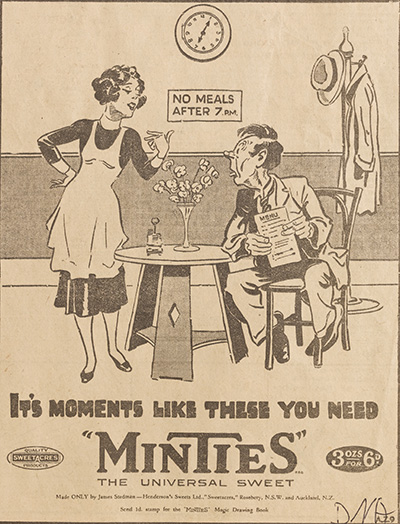

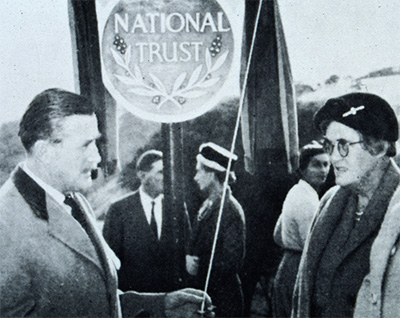

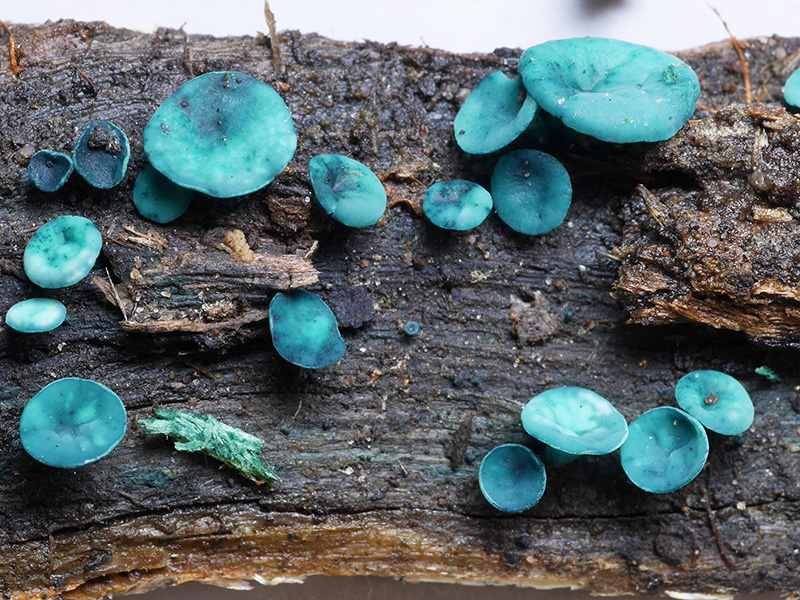



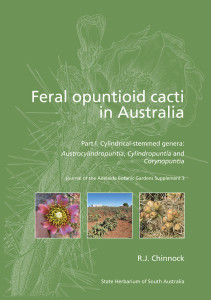
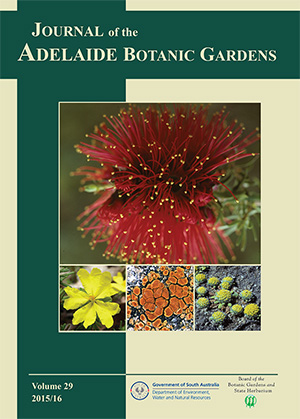
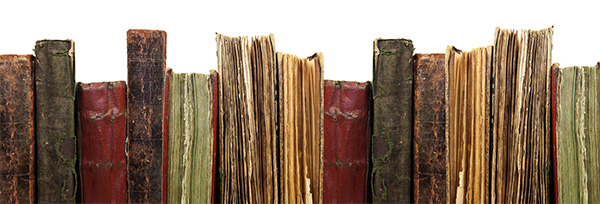
You must be logged in to post a comment.